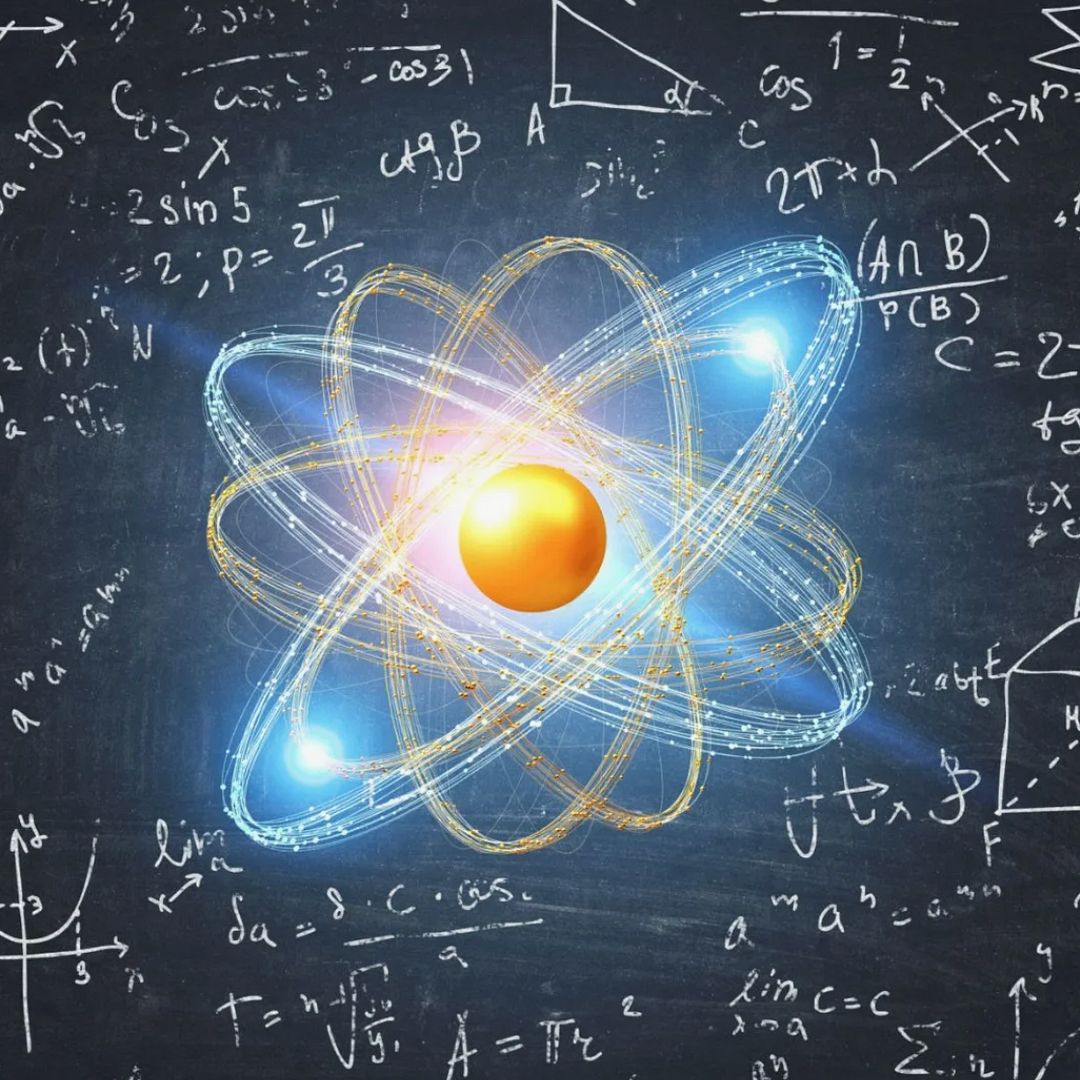Sciences by ⏷
- Copy link to this page
- View on Zora
- View on Zora Block Explorer
- Refresh edition metadata

IMAGE
1120x1120 2.1MB
Aug 09
0x0920
Using simple NFT pictures as an example, I show what kinds of sciences there are!
Read more
📶 0 comments
See all comments